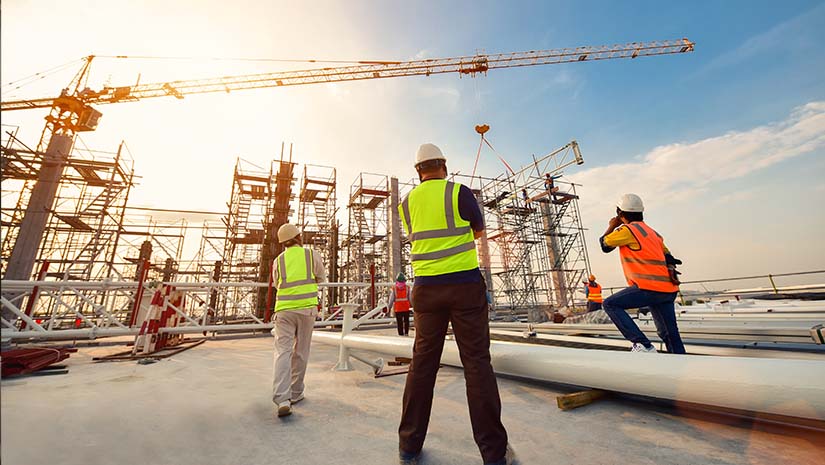New Tax Programs for Nonprofits – 179D Incentives for Energy Efficient Facilities

Blog co-authored by Kelsey Vatsaas and Jared Woiwode
Tax credits and deductions have long been assumed to be an “I can plug my ears and stop listening” topic for the nonprofit industry, as they are often income tax credits or deductions, which don’t apply for most tax-exempt organizations. Recently, though, employee retention credits (ERC for Tax-Exempt Orgs: A Miniseries | CLA (CliftonLarsonAllen) (claconnect.com) opened our eyes to ways in which nonprofits could benefit from some tax credits. When the early drafts of the Inflation Reduction Act were circulated, it became clear that some other specialty tax incentive program may now be applicable to nonprofits too, in particular, the 179D Deduction.
What is the 179D Deduction?
- As an incentive to build more energy efficient buildings, the 179D program rolled out in 2006 and was made permanent in the Consolidated Appropriations Act in late 2020.
- The way the deduction works is the building designers (typically architects and engineers) create two models – one with “baseline” features, and another including energy efficient features. These improvements would need to be made to the building’s interior lighting, HVAC and Domestic Hot Water, and Building Envelope System.
- To trigger eligibility, the actual design must be at least 25% more efficient than the “baseline.”
- 25% greater efficiency results in $0.50 per square foot and for every additional % efficiency, the amount goes up to a maximum of $1.00.
- If the builder uses union labor, you take the credit amount times FIVE making the range of the deduction between $2.50 and $5.00.
- The deduction is passed to a taxpaying entity through an “Allocation Letter” which transfers it to the system designer (architect/engineer) who then claims the tax deduction.
What Changed with the Inflation Reduction Act?
- Under previous rules and regulations, government entities could benefit from the 179D program, but nonprofit entities could not. Therefore, a government entity building or renovating an eligible building could pass the credit to the architect and engineering firms designing their building, thus potentially impacting the overall economics of the deal.
- The Inflation Reduction Act opened up this deduction to nonprofits, too. This will work similarly to government entities, who cannot directly “keep” the cash from the deduction but can transfer the deduction to the architects and engineers.
How Can Nonprofits Benefit?
- When planning for a facility (build or renovation), consider if/how your organization may incorporate sustainable elements.
- If a LEED certified building is in the cards for your organization, when seeking out architects and engineers (A&E) to design the facility, be sure to raise the 179D deduction up-front. If you are working with an A&E firm unfamiliar with 179D deduction, involve an accounting advisor with experience in this area.
- While you cannot directly negotiate fees on the basis of the credit (eg: no kick-backs) the bidding firm should take it into consideration when pricing the project.
- If a nonprofit entity constructs a 40,000 square foot building and prevailing wages and apprenticeship requirements were met, the nonprofit would be able to allocate $200,000 in tax deductions.
- Additionally, by having an energy efficient building, the nonprofit will typically see savings in ongoing costs such as water, heat, electric, etc.
- Lastly, for many nonprofits, energy-efficient facilities may align with your mission and values.
How CLA Can Help
CLA has a team of tax professionals and energy modelers that have completed 179D certifications on hundreds of buildings. If you are starting a project that could be eligible for this incentive, reach out to your CLA professional to see if this is a good opportunity for you and to help you navigate the process with your architects, engineers, etc.

Good day,
I work for non-profit in Pasadena California. We are an aquatic center servicing the community. We will be having to replace a costly pool heater system in the near future. Would this program be something we could benefit from? As we are looking to procure the most energy efficient system available, it remains that a natural gas heating system is our only option at this time. Your feedback would be greatly appreciated.